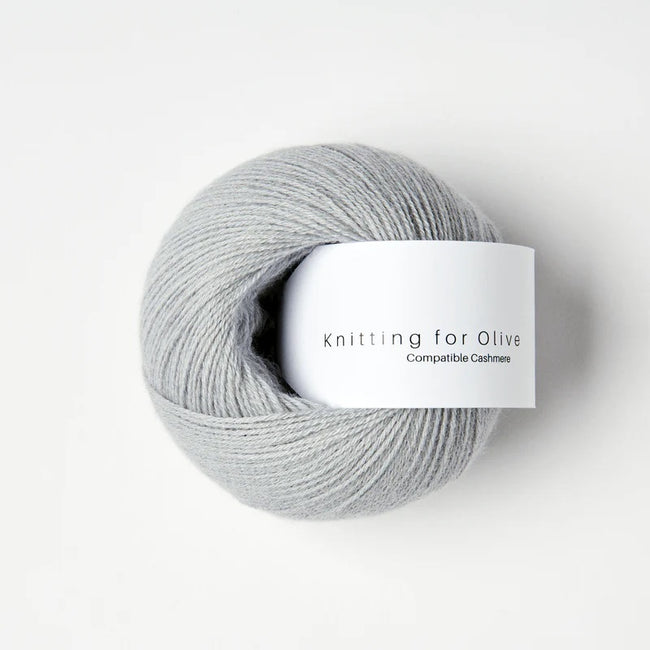Factors You Should Require Cashmere a Natural Fiber for Convenience and Sophistication in Everyday Wear
In the world of fabrics, couple of fibers equal the luxury and convenience of cashmere. This special material, recognized for its premium softness and insulation, gives unparalleled convenience and elegance for daily wear. What sets it apart from other fibers? Just how does it influence the environment and how does it contrast to synthetic options? Just how can one best utilize cashmere to elevate their style? These appealing inquiries lay the foundation for an enlightening expedition right into the globe of cashmere.
Comprehending the Glamorous Nature of Cashmere

Examining the Comfort Variable of Cashmere Apparel
Cashmere's distinct fiber framework allows for breathability, managing temperature and preventing getting too hot. Cashmere's hypoallergenic buildings also contribute to its convenience, making it an ideal choice for delicate skin. In essence, the convenience of cashmere is acquired from its softness, breathability, toughness, hypoallergenic nature, and versatility.

The Environmental Impact and Sustainability of Cashmere
While the convenience and beauty of cashmere are most certainly attractive, it's just as crucial to consider its relationship with the setting. Cashmere production, primarily in Mongolia and China, entails increasing cashmere goats, which can significantly stress vulnerable grassland environments due to overgrazing. Efforts are being made to establish lasting cashmere production techniques, such as rotational grazing and cleaner processing techniques.
Comparing Cashmere to Artificial Fibers: A Cost-Benefit Evaluation
In spite of its find more info environmental difficulties, cashmere offers a distinct set of advantages over synthetic fibers. On the price side, cashmere is indisputably much more costly as a result of its labor-intensive production procedure. Yet, the advantages make it worth the investment. Cashmere's all-natural fibers offer unmatched softness and warmth, converting right into comfort that artificial fibers battle to match. Cashmere items are highly resilient, appealing long life that offsets first prices over time. Unlike artificial fibers, cashmere does not add to microplastic pollution, making it a more sustainable choice. In contrast, synthetic fibers, while cheaper upfront, provide less comfort, have shorter lifespans and position environmental issues. Thus, when evaluating cost-benefit, cashmere's exceptional high qualities make it a beneficial investment for everyday wear.
Designing Tips With Cashmere for Everyday Style
Having considered the cost-benefit analysis of cashmere contrasted to artificial fibers, it ends up being clear why this luxurious material is a popular choice for numerous. When styling cashmere for day-to-day elegance, simplicity is vital. Ultimately, the intrinsic style of cashmere makes it a versatile enhancement to any kind of closet, effortlessly improving day-to-day clothing with a touch of luxury.

Conclusion
In summary, the impressive buildings of cashmere make it a valuable enhancement to any kind of wardrobe. Its extravagant feel, comfort, breathability, and versatility to differing temperatures are unrivaled. In enhancement, cashmere's sustainability and lower ecological impact contrasted to synthetic fibers additionally enhance its allure. The timeless style of cashmere, integrated with its versatility, includes sophistication to day-to-day wear. Spending in cashmere garments is a worthwhile this post choice for style, sustainability, and convenience.

Comments on “What Is Cashmere and How Does It Differ to Other Fabrics?”